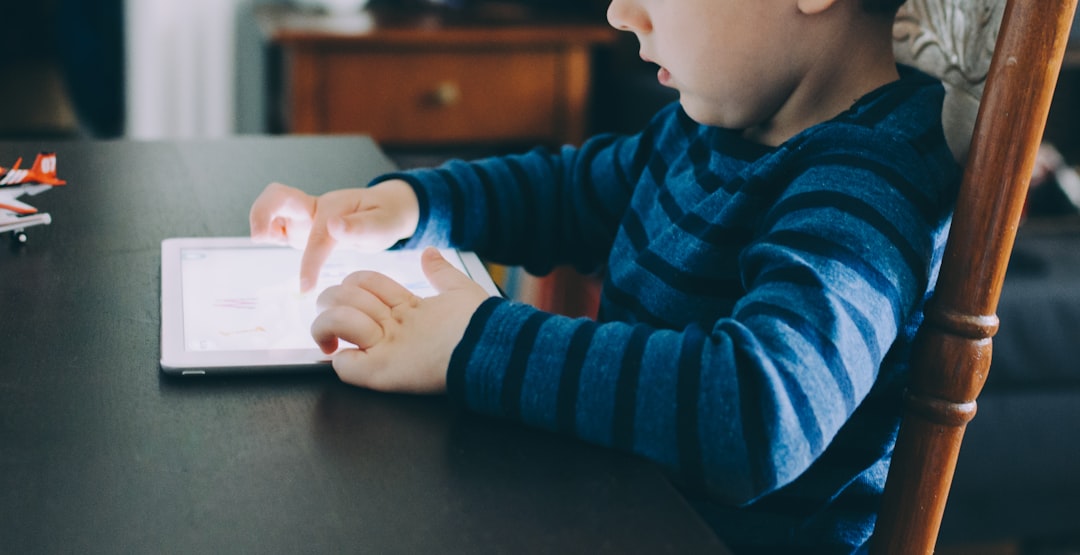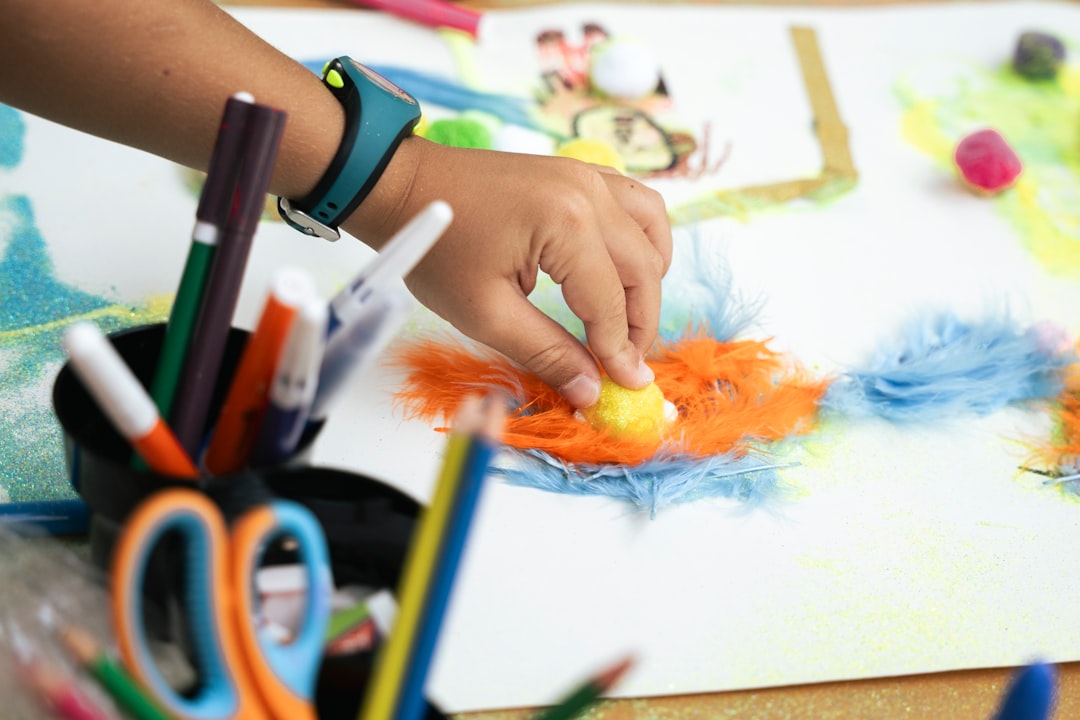In the contemporary landscape of education, learning at home has transcended traditional boundaries, morphing into a dynamic and multifaceted educational experience. With the right strategies and tools, parents can foster an environment that not only keeps their children engaged but also sparks a deep, enduring love for learning. This comprehensive guide explores the essentials of at-home education, ensuring that learning remains a joyous and fruitful adventure for kids.
The Role of a Structured Environment
Creating a structured environment is pivotal in simulating a classroom setting at home. Designate a specific area as the ‘learning zone’ which is quiet, well-lit, and free from distractions. This space should be equipped with all the necessary supplies like textbooks, notebooks, art materials, and a computer or tablet if possible. Consistency in this environment helps children associate this space with learning and concentration.
Integrating Technology Wisely
With the digital age in full swing, incorporating technology into home learning can be incredibly beneficial. Interactive apps and online platforms offer a range of resources across subjects such as math, science, language arts, and more. However, it’s crucial to balance screen time with traditional learning methods. Set clear guidelines for technology use, ensuring it remains a tool for enhancement rather than distraction.
Encouraging Reading and Critical Thinking
Developing a love for reading is a priceless education tool. Dedicate time each day for reading various types of literature, from fiction to non-fiction and poetry. Discuss the content with your child, asking questions about the plot, characters, and their thoughts. This not only improves literacy but also enhances critical thinking skills, enabling them to analyze and form opinions about different topics.
Hands-On Learning Through Projects and Experiments
Kids often learn best by doing. Incorporate projects and experiments that align with their interests and the curriculum. This could range from simple science experiments, DIY art projects, to building models or even cooking together. These activities make learning tangible and help children apply theoretical knowledge in practical ways.
The Importance of Routine and Flexibility
While a routine is essential to bring discipline into the learning process, flexibility is equally important. Children’s moods and needs can change daily, and being flexible helps in accommodating these changes without disrupting the learning process. Set a general schedule for different subjects and breaks but adjust as necessary to fit your child’s pace and emotional state.
In conclusion, learning at home offers a unique opportunity to tailor educational experiences to suit individual child’s needs, interests, and pace. By creating a structured yet flexible environment, integrating technology appropriately, fostering a love for reading, engaging in hands-on activities, and maintaining a balanced routine, parents can ensure that home learning is as enriching and effective as traditional educational settings.



